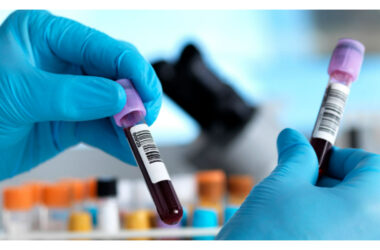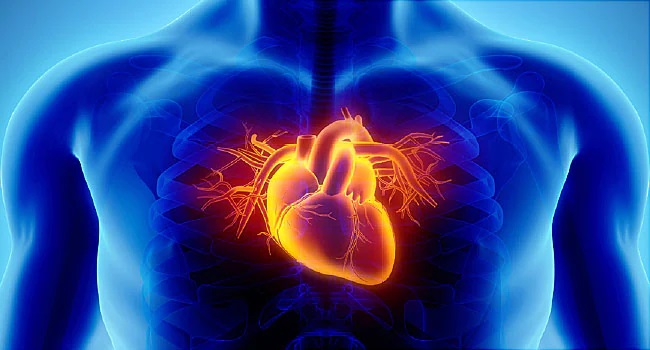Although relatively rare, heavy metal poisoning can have a major impact on patients, causing unsafe accumulations of heavy metals in their bodies. Heavy metal toxicity levels vary depending on how the metals were absorbed, the length of exposure, the age of the patient, and the type of metal involved.
While heavy metal toxicity can be quite serious, an effective intervention is available to treat patients suffering from this condition.
Known as chelation therapy, this treatment can not only help remove heavy metals from the body, but it may have the potential to improve the symptoms of conditions such as Parkinson’s disease. However, additional use cases for chelation therapy are still being researched.
Join us as we explore chelation therapy and symptoms of heavy metal toxicity.
What Is Chelation Therapy?
Chelation therapy is conducted using a substance known as “chelators.” These chelators bind to heavy metals and then expel them from the human body. This transport process is referred to as chelation.
Chelation therapy was developed specifically for the treatment of heavy metal toxicity. However, researchers are investigating other uses for chelators. In these studies, researchers are examining the efficacy of chelation therapy for treating autism spectrum disorder, Alzheimer’s disease, and certain heart conditions.
Symptoms of Heavy Metal Poisoning
Heavy metal toxicity can manifest in many different ways. The symptoms associated with heavy metal poisoning vary depending on individual patient factors, which substance was absorbed, and how much of it is present in the body. However, some common heavy metal toxicity symptoms include:
- Anemia
- Dehydration
- Abdominal pain
- Nausea
- Weakness
- Diarrhea
- Vomiting
While many different metals can cause heavy metal toxicity, clinicians typically encounter patients who are impacted by cadmium, arsenic, mercury, or lead. As these substances continue to accrue within the body, symptoms tend to become more severe.
The Treatment Process
The chelation therapy treatment process is relatively simple. If a patient has been diagnosed with heavy metal toxicity and is recommended for chelation therapy, the provider will administer chelators via intravenous (IV) drip. There are several different chelation therapy medications available, such as:
- Penicillamine
- Deferoxamine
- Edetate Calcium Disodium (EDTA)
- Succimer
Once introduced to the body, chelators will bind to heavy metals located within the bloodstream. Chelators cause heavy metal molecules to be filtered out via the kidneys and then expelled in the urine.
As mentioned above, chelation therapy is being studied to determine whether it can effectively treat various neurodegenerative and autoimmune conditions. However, this research has not yielded any definitive results.
In the meantime, patients looking for alternative treatments for neurodegenerative and autoimmune ailments may want to consider regenerative medicine, also known as stem cell therapy. This innovative intervention has shown promise and can help patients manage their condition and its symptoms.
This post was written by a medical professional at https://www.stemedix.com. At Stemedix we provide access to Regenerative Medicine. Regenerative medicine has the natural potential to help improve symptoms sometimes lost from the progression of many conditions.
















